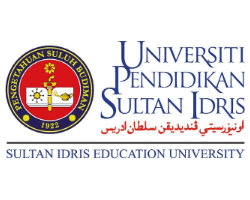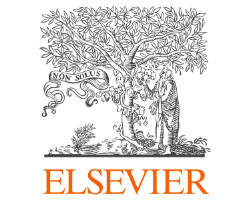Feeding Supplementary Feeding on Baby Constipation In Bamboo Field Village
Abstract
Constipation is a condition in which the stool hardens which makes it difficult to pass through the anus, and causes discomfort in the rectum. Babies who experience constipation are characterized by crying, whining in pain and the face turning red before defecation. The prevalence of constipation in Indonesia is very low, in Bali in children aged 4-6 years, the prevalence of constipation is 15.1%, while in children in West Padang District, Padang City, the constipation rate is 19.9 with the ratio between boys and girls is 1,2 : 1. This study aims to determine whether complementary feeding affects the occurrence of constipation in infants. This study uses a descriptive method with an exploratory approach, 30 samples with a total sampling technique, in the Ladang Bambu Village, Medan Tuntungan, with univariate data analysis. From the results of statistical analysis obtained, p = 0.02 (α = 0.05) with p < 0.05 so it can be concluded that this hypothesis failed to be rejected, namely that there was a significant effect between the provision of complementary feeding on the occurrence of constipation in children in Bamboo Farm Village. It is hoped that community services will provide counseling about MP ASI, so that babies get nutrition according to their needs and avoid constipation.
Downloads
References
Kementerian Kesehatan RI, Profil Kesehatan Indonesia Tahun 2019. Jakarta: Kementerian Kesehatan RI, 2020.
Setyowati, Asupan Gizi Seimbang Neonatus Dan Bayi, Edisi 10. Jakarta: EGC LANGGA, 2017.
J. E Brown, Nutrition through the Life Cycle 4th edition. USA: Wadsworth Cengage Learning, 2011.
R. Agestika, “The pattern of complementary feeding affect the incidence of diarrheain infants,” Indonesian Midwifery and Health Science Journal, vol. 6, no. 1, January 2022.
Zakiyah, Pengaruh Pengetahuan Ibu Terhadap Pemberian Complementary Feeding Pada Bayi Usia 0-6 Bulan di Puskesmas Jangkar Kabupaten Situbondo Tahun 2012. Thesis, UNS, 2012.
E. Ardinasari, Buku Pintar Mencegah & Mengobati Penyakit Bayi & Anak. Jakarta: Penerbit Bestari, 2016.
R. Mona, Pintar ASI dan Menyusui, Jakarta: Noura Books, 2018.
Y. Farida, MP –ASI Tepat, Anak Sehat, Budget Hemat, Indonesia: Elex Media Komputindo, 2021.
S. Notoatmodjo, Metodologi Penelitian Kesehatan, Jakarta: Rineka Cipta, 2018.
A. Hidayat, Metode Penelitian Kebidanan dan Teknik Analisa Data, Jakarta: Salemba Medika, 2015.
Mahmud, “Faktor-Faktor Yang Berhubungan Dengan Pemberian ASI Eksklusif Pada Bayi Usia 6-12 Bulan Di Desa Ureng Kecamatan Leihtu Kabupaten Maluku Tengah,” Global Health Science, vol. 4, no. 3, 2019.
S. Nousiainen, “Mothers’ perceptions of complementary feeding and the influence of context on child feeding practices,” Helsinski: University Helsinski, 2014.
W. I. Mubarak, Promosi Kesehatan: Sebuah Pengantar Proses Belajar Mengajar dalam Pendidikan Edisi 1. Yogyakarta: Graha Ilmu, 2007.
Noordiati, Asuhan Kebidanan Neonatus, bayi, Balita dan Anak Pra Sekolah. Malang: Wineka Media, 2019.
N. Wayam, Asuhan Kebidanan Neonatus, Bayi, Balita dan Anak Pra Sekolah. Yogyakarta: ANDI, 2017.
D. Amelia and B. Wirjatmaddi, Hubungan Aktivitas Fisik Dengan Kejadian Konstipasi Pada Lansia Di Kota Madiun, 2016.





















